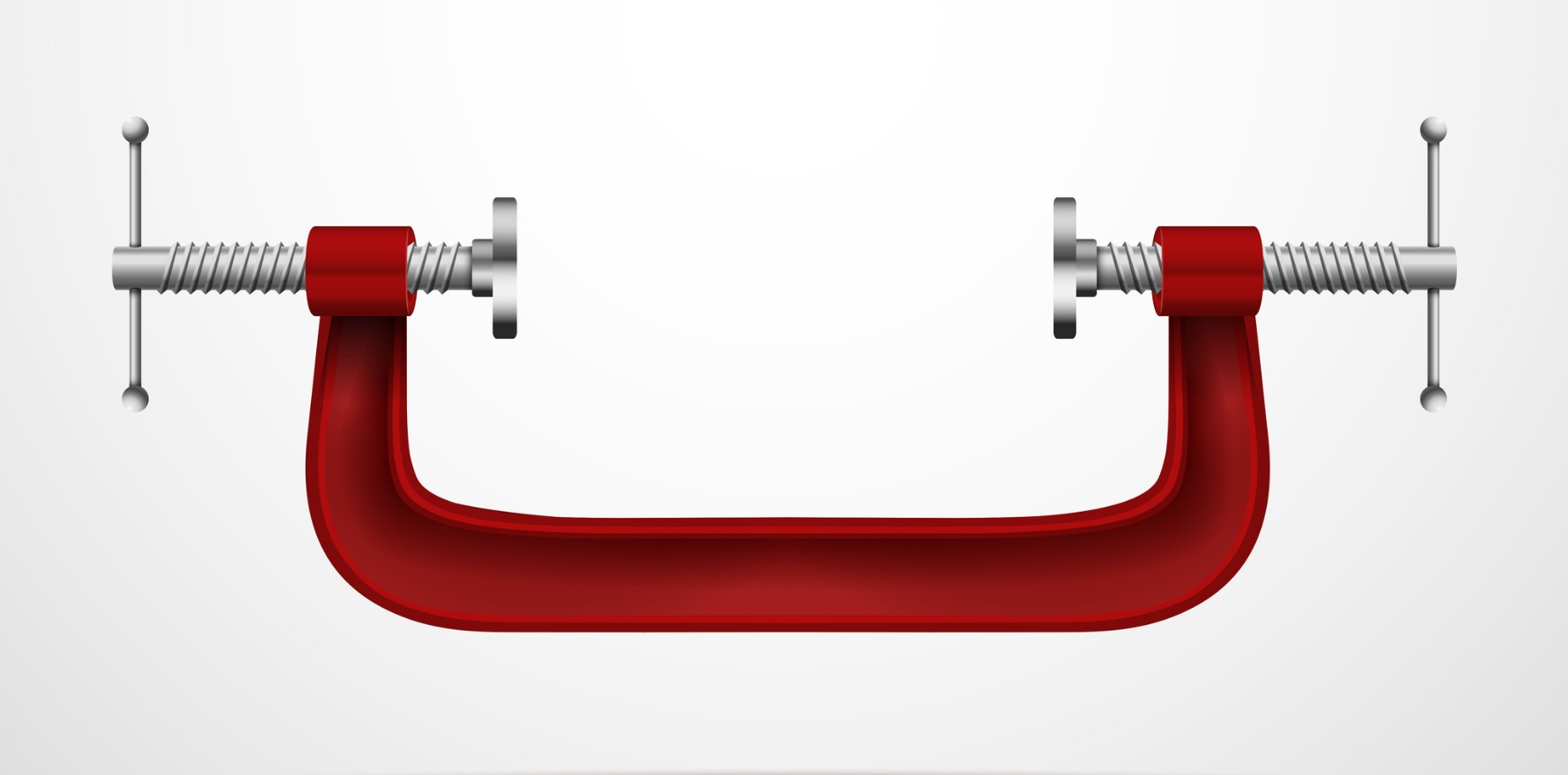Disappointing news as a promising Australian COVID vaccine is halted after it was found to produce false positive tests for HIV.
One of the most promising Australian COVID-19 vaccines has been canned following a slew of false-positive results for HIV.
The University of Queensland and CSL team of researchers announced this morning that it would not pursue phase II and phase III trials into the V451 vaccine candidate.
It appears the team’s innovative “molecular clamp” technology is to blame.
“This vaccine relies on a ‘molecular clamp’, a kind of scaffold that presents the spike protein in the right shape for the immune system to make antibodies against,” Associate Professor Darren Saunders explained on Twitter.
This coronavirus uses the spike protein on its cell surface to attach to the ACE2 receptors in human cells. When this key-like spike unlocks the cell, the virus can then insert its genetic material into the cell, making us sick.
To make a synthetic version of the spike protein, scientists used a fragment of a HIV protein known as GP-41 to hold the virus in place.
“To make this scaffold, little parts of gene sequence with known functions from various sources (including other viruses) are assembled to make a new genetic sequence – a bit like molecular Lego DNA,” Professor Saunders, a University of NSW biomedical scientist, said.
“That stitched-together gene sequence is read by a molecular machine that ‘translates’ it into protein, which is then used to make the vaccine.”
Not only does this speed up the design and production of vaccines, but it also allows the immune system to more effectively mount a response.
When working as intended, our immune system encounters these proteins and begins making antibodies that will effectively fight the target virus in the future.
Unfortunately, our immune system sometimes makes antibodies against the fragments that make up the synthetic protein. In this case, the protein was built from bits of HIV gene sequence.
And because some HIV diagnostic tests look for these antibodies, the vaccine “tricks” the test into thinking the vaccinated participant has HIV.
As a result, widespread use of this vaccine would interfere with HIV testing approaches and demand the development of new HIV diagnostics. A wide-reaching side-effect such as this was a major black mark against the vaccine, given the other promising vaccines in development.
The risk of these false positives was seen to be very low at the outset of the study, former chief medical officer Brendan Murphy said.
Nevertheless, the vaccine’s researchers anticipated it might happen, and had warned participants of the risk at the outset.
CSL stressed that the vaccine was safe and had a “robust response towards the virus”.
“Follow-up tests confirmed there was no HIV virus present, just a false positive on certain HIV tests,” the company said. “There is no possibility the vaccine causes infection.”
ANU Professor Carola Vinuesa said it was a real pity the trial had to be stopped, calling the molecular clamp an “ingenious” approach.
“Having what is called a molecular clamp to stabilise the COVID-19 spike protein is a very ingenious way of having the protein maintain its natural shape, so it can elicit the best antibody response to then prevent it infecting cells,” she said in a statement. “So it’s a pity that to generate this molecular clamp there were these other protein components that happened to be found in the envelope of other viruses – retroviruses – of which HIV is one of them.”
Nevertheless, authorities assured the public that this situation wasn’t a calamity.
“The COVID-19 pandemic writes its own rules,” Prime Minister Scott Morrison said in a media briefing this morning.
“Our vaccine strategy and policy had identified four vaccines that we believed, based on scientific advice, had the potential to go through to the end of stage III trials. At no stage did we believe all four vaccines would likely get through that process.”
In response to the shortfall in expected vaccines, authorities announced they had secured another 20 million doses from AstraZeneca and 11 million from Novavax. This brings the total up to 140 units of vaccine purchased, one of the highest ratios of vaccine to population, Health Minister Greg Hunt said.
Meanwhile, the team expects the molecular clamp technology will be used for future vaccines.
Additional reporting: Bianca Nogrady


